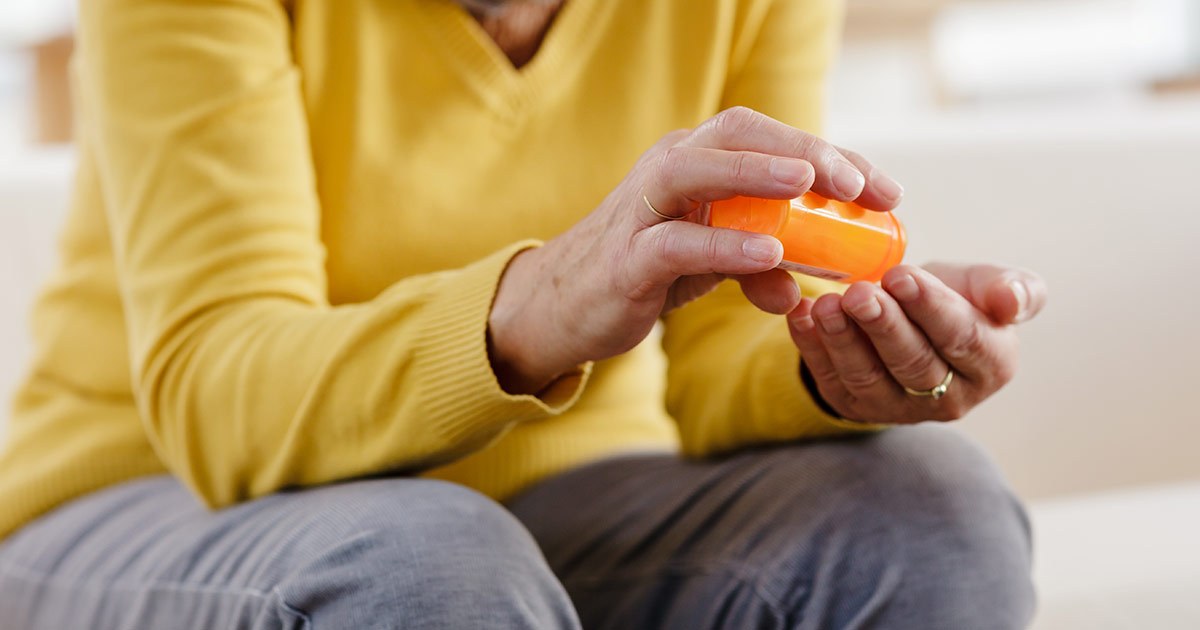Options For Treating Polymorphous Light Eruption
Phototherapy

Phototherapy is a specialized treatment typically provided by dermatologists. The treatment uses different types of ultraviolet light to calm inflammation, itch, and redness and improve the appearance of skin. Prior to the treatment, patients apply a moisturizer to the skin, and they get into a cabinet containing ultraviolet light bulbs. The healthcare provider activates the lights for a few seconds to a few minutes. Depending on the severity of their condition, patients may need to have treatments several times a week, and the duration of each treatment may increase.
A particular type of light therapy known as psoralen plus ultraviolet A uses ultraviolet A rays along with psoralen, a medicine that makes the skin absorb more ultraviolet light. This form of phototherapy may be particularly helpful for patients with polymorphous light eruption. During sessions, patients wear protective eyewear to reduce the risk of cataracts and other eye damage. While having treatments, patients should be aware of potential side effects, including nausea, headaches, and itching, and these should be reported to the provider immediately. The patient's skin will be closely monitored at each phototherapy session, and skin health will be used to plan future treatment schedules.
Use Over-The-Counter Pain Medication

Clinicians may recommend that patients experiencing an eruption use over-the-counter pain medication to reduce both redness and soreness. Acetaminophen, naproxen, and ibuprofen are some of the most commonly used over-the-counter pain relievers. While taking these medications, patients should use the lowest effective dose for the shortest amount of time. Patients should also be aware these medications may cause side effects, including ringing in the ears, heartburn, vomiting, upset stomach, and headaches.
Some polymorphous light eruption patients may also experience dizziness, bloating, and nervousness. If these symptoms develop, patients should discontinue the medicines and consult their physician. Occasionally, it may be possible to use a pain-relieving gel instead of taking an oral pain reliever, and patients can ask their dermatologist whether this is a suitable option for them. If over-the-counter pain medicines do not relieve a patient's pain, they should speak to a physician or specialist as soon as possible.
